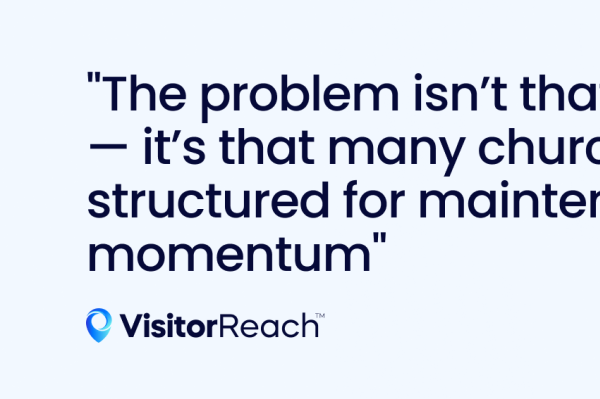What Does it REALLY Cost my Church to Process Gifts?

Let me start by saying that there is no way for churches to dodge paying fees on the gifts they receive electronically. Now, there are features that allow donors to contribute towards paying the fee, but trust us, that fee isn’t going anywhere. Why? Because it costs money to have Visa, Discover, MasterCard, and American Express process those transactions.
The world of card processing can be complex to understand; therefore, we wish to be open and transparent on how it all works and, most importantly, how it affects your church’s bottom line.
Here are 5 things churches should carefully consider when agreeing to any terms involving card processing.

1. Say “NO” to a singular flat-rate.
The keyword there is, “singular”. If a digital giving provider pitches a flat rate, of let’s say 2.5% plus 30 cents a transaction, that is likely not going to be the best fit for your church. Providers that offer a range of flat rates, based on debit card gift versus a credit card gift, have the most favorable arrangements. What a lot of churches do not realize is, debit card processing is very inexpensive. In fact, churches should promote the usage of debit cards. But here is the catch. If you agree to pay a provider 2.5% plus 30 cents for a transaction, and the debit card only costs the provider 1.5% plus 10 cents to process the transaction, who gets the difference? It’s certainly not the church.
2. The effective rate is ultimately what matters.
If you’re a church that is doing homework on digital giving or you’ve stumbled across this while evaluating your current solution, this is an important thing for you to embrace. Whenever you’re in discussions with a digital giving provider and the topic is rates, ask them point-blank to show you what your effective rate is. Because card processing is such a complex industry, sales associates are trained to do a waltz with the information, leaving you at a place where you submit based on their confidence. The math is simple. Take your grand total of transaction fees paid for any given month, then divide that by your total gross income. This will render your current effective rate.
3. Do not enroll for sliding scale processing.
Are there correlations between volume and card processing cost? Sure. Should your volume ultimately determine what rate you qualify for? Not necessarily. We are often in conversations with churches, who use other digital giving providers, that are in rate structures dependent solely on how their digital giving performs. Low volume equaling high card processing and the obvious inverse. This is an unfair advantage for the digital giving provider. Because they have the ultimate authority to set those thresholds, your church may or may not be getting the most suited rate at any given time. Again, going back to point #2, combat confusing conversations about digital giving card processing with the effective rate.
4. Always pay software fees.
If a digital giving provider explains that you pay zero software costs, only card processing fees, your immediate response should be, “Thanks, but no thanks.” There is not one situation where this is advantageous for a church, even if you feel like it is the safe play because it doesn’t require you to necessarily budget for anything. After all, you’re seemingly just paying for what is coming in. However, in most cases, you would pay close to 3% plus 30¢ for each transaction. That rate may seem low, but it’s actually astronomically high. The card processing fees that you would pay on those gifts is so high that you end up paying thousands more for your digital giving solution than if you were paying a $99/month software fee with a fair card processing structure.
5. Debt-free matters.Company stewardship matters.
Any vendor a church contracts with should uphold the same value system as them. This is not a prideful charge. This is stewardship accountability. When digital giving providers leverage public trade and private equity, they open your church up to their investor’s demands. In other words, their priority becomes investor profits rather than church growth. Giving providers structured this way are no longer loyalists to you. After all, you can’t serve churches and shareholders. And, this directly affects how high your card processing fees are set.
Card processing rates can be confusing. It’s why so many companies use it as a way to overcharge churches without telling them. It’s our hope that this information will help you understand what you’re really paying and whether or not it’s fair. If you’re not sure, let us help. The SecureGive team offers free rate reviews to any church at no cost. Just send an email to grow@securegive.com to request one. We’ll walk through your merchant processing statement with you, help you understand the true cost of what your church is paying, and let you know if you can and should be paying less. There’s no catch, it’s just our way of trying to ensure more money goes straight to ministry.
Visit securegive.com to learn more about how SecureGive can help churches like yours increase giving while saving money.





